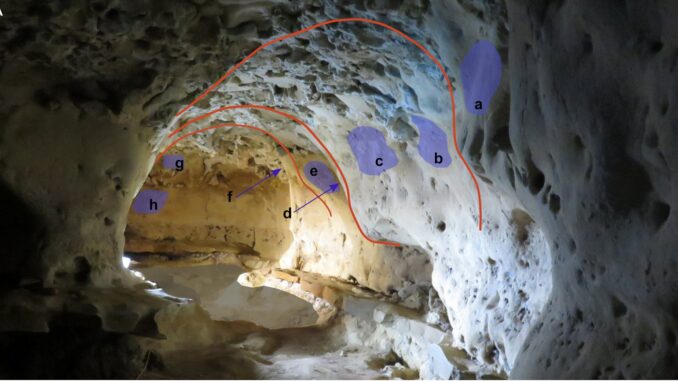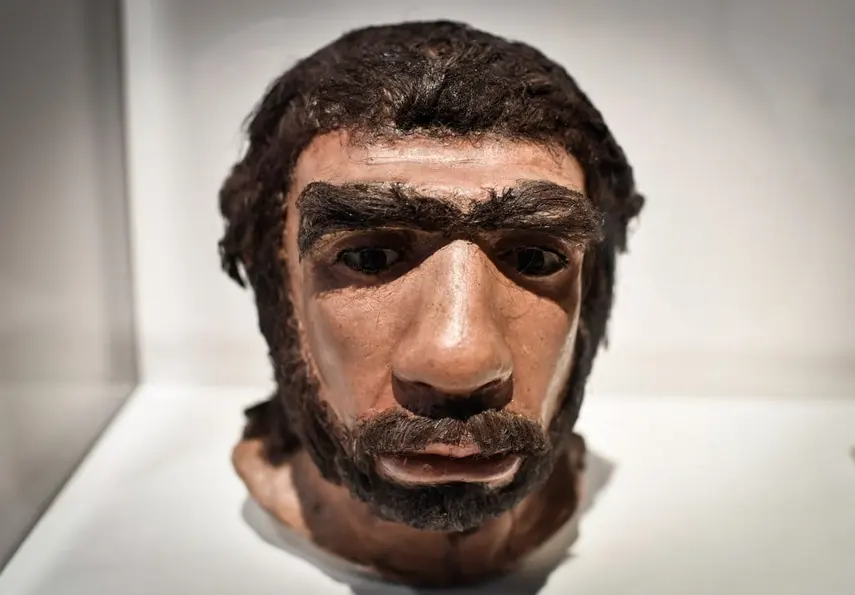
A team of archaeologists has discovered 57,000-year-old Neanderthal engravings in a cave in France. The engravings, which were found in the La Roche-Cotard cave in the Centre-Val de Loire region, are the oldest known examples of Neanderthal art.
The engravings are made up of a series of finger flutings, which are small, deliberate markings that were created by rubbing a finger or other object against the cave wall. The markings are found on three different panels in the cave, and they include circular, wavy, and triangular shapes.
The researchers who discovered the engravings believe that they were created by Neanderthals who lived in the cave around 57,000 years ago. This is based on the dating of the cave sediments, as well as the presence of Neanderthal stone tools and other artifacts in the cave.
💣 más grabados hechos por neandertales…
The earliest unambiguous Neanderthal engravings on cave walls: La Roche-Cotard, Loire Valley, Francehttps://t.co/H3XsISdPqR pic.twitter.com/ZKATBG7Etc— Roberto Sáez (@robertosaezm) June 21, 2023
The discovery of the engravings provides new evidence of the artistic and symbolic abilities of Neanderthals. It also suggests that Neanderthals may have been more complex and sophisticated than previously thought.
The researchers who made the discovery are Jean-Claude Marquet, of the University of Tours in France, and his colleagues. They have published their findings in the journal Plos One.
The significance of the discovery
The discovery of the 57,000-year-old Neanderthal engravings is significant for a number of reasons. First, it provides the earliest known evidence of Neanderthal art. This suggests that Neanderthals were capable of creating symbolic and artistic expressions at least 20,000 years earlier than previously thought.
Second, the discovery of the engravings in a cave suggests that Neanderthals may have used caves for ritual or symbolic purposes. This is supported by the fact that other Neanderthal sites have also yielded evidence of symbolic behavior, such as the use of ochre and the burial of the dead.
Third, the discovery of the engravings challenges the traditional view of Neanderthals as being less intelligent and less sophisticated than modern humans. This view has been challenged in recent years by a growing body of evidence, including the discovery of Neanderthal tools, weapons, and other artifacts that are comparable to those of modern humans.
The discovery of the 57,000-year-old Neanderthal engravings is a significant addition to our knowledge of Neanderthal culture and behavior. It provides new evidence of the artistic and symbolic abilities of Neanderthals, and it challenges the traditional view of Neanderthals as being less intelligent and less sophisticated than modern humans.








